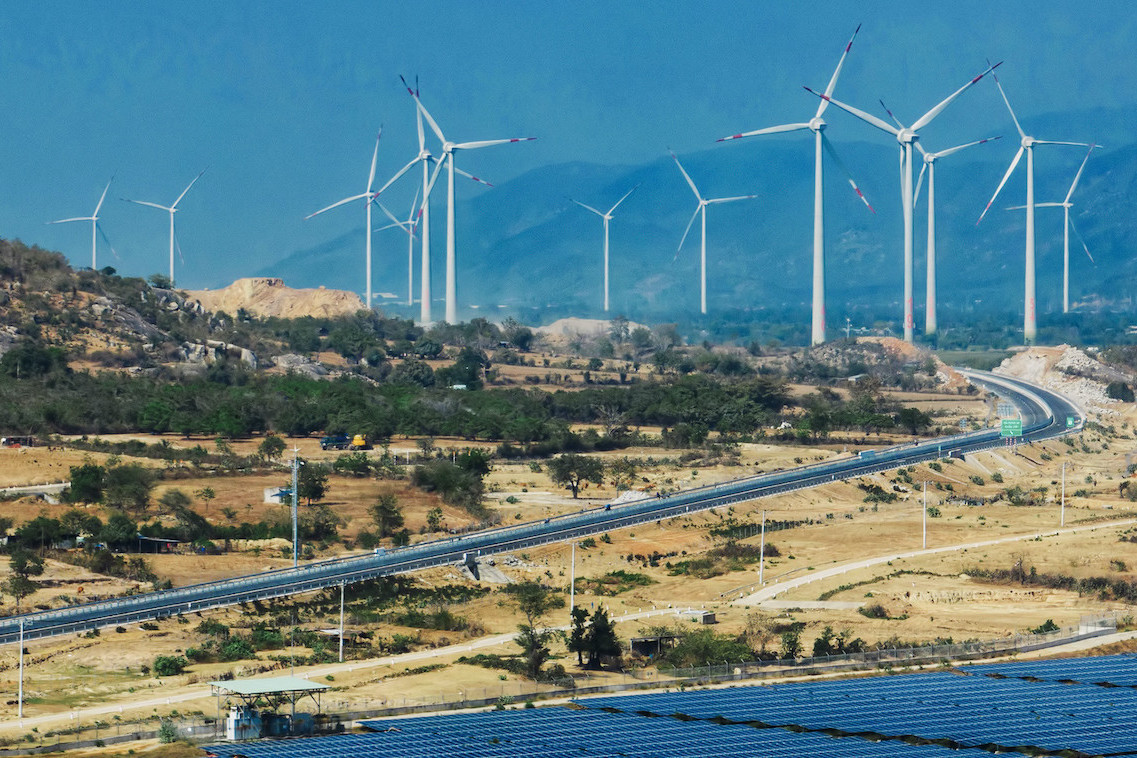
The proposal highlights the addition of two crucial expressways: the Ca Mau - Dat Mui and Quang Ngai - Kon Tum routes. The Ca Mau - Dat Mui expressway, extending 90 km, is designed with four lanes and is slated for post-2030 investment. This new addition aims to cater to the increasing transport demands of the region, aligning with local development proposals.
Conversely, the Quang Ngai - Kon Tum expressway, stretching 136 km with four lanes, is expected to commence investment before 2030. This route is intended to enhance the development prospects of local areas and the broader region, connecting key tourist spots in Kon Tum to the North-South Expressway.
The inclusion of these expressways is part of a broader strategic initiative to foster regional connectivity and development, particularly in eco-tourism and conservation areas in the Northern Central Highlands. Local authorities from Quang Ngai and Kon Tum provinces have been proactive in integrating these routes into their regional planning, recognizing the potential to boost tourism and economic activities.
With the proposed additions, the total length of Vietnam's expressway network will extend significantly. The network will now encompass 43 routes covering approximately 9,234 km, marking an increase of about 220 km from the previous plan. This expansion includes an increase in the number of expressways in the northern region to 2,313 km, in the Central and Central Highlands to about 1,496 km, and in the southern region to approximately 1,380 km.
Additionally, the iconic North-South Expressway will see enhancements to its capacity, with plans to widen the lanes from 4-10 lanes to 6-12 lanes along its 2,063 km stretch from Lang Son to Ca Mau.
This ambitious expansion plan underscores Vietnam's commitment to improving its national infrastructure to support economic growth and regional development. By enhancing connectivity through a robust expressway network, the country aims to facilitate more efficient transport, promote regional development, and integrate more closely with global trade routes.
As the proposal awaits approval, the enhancements to Vietnam’s expressway system represent a forward-looking approach to urban planning and transportation, pivotal for the country’s ongoing development and integration into the global economy.
N. Huyen